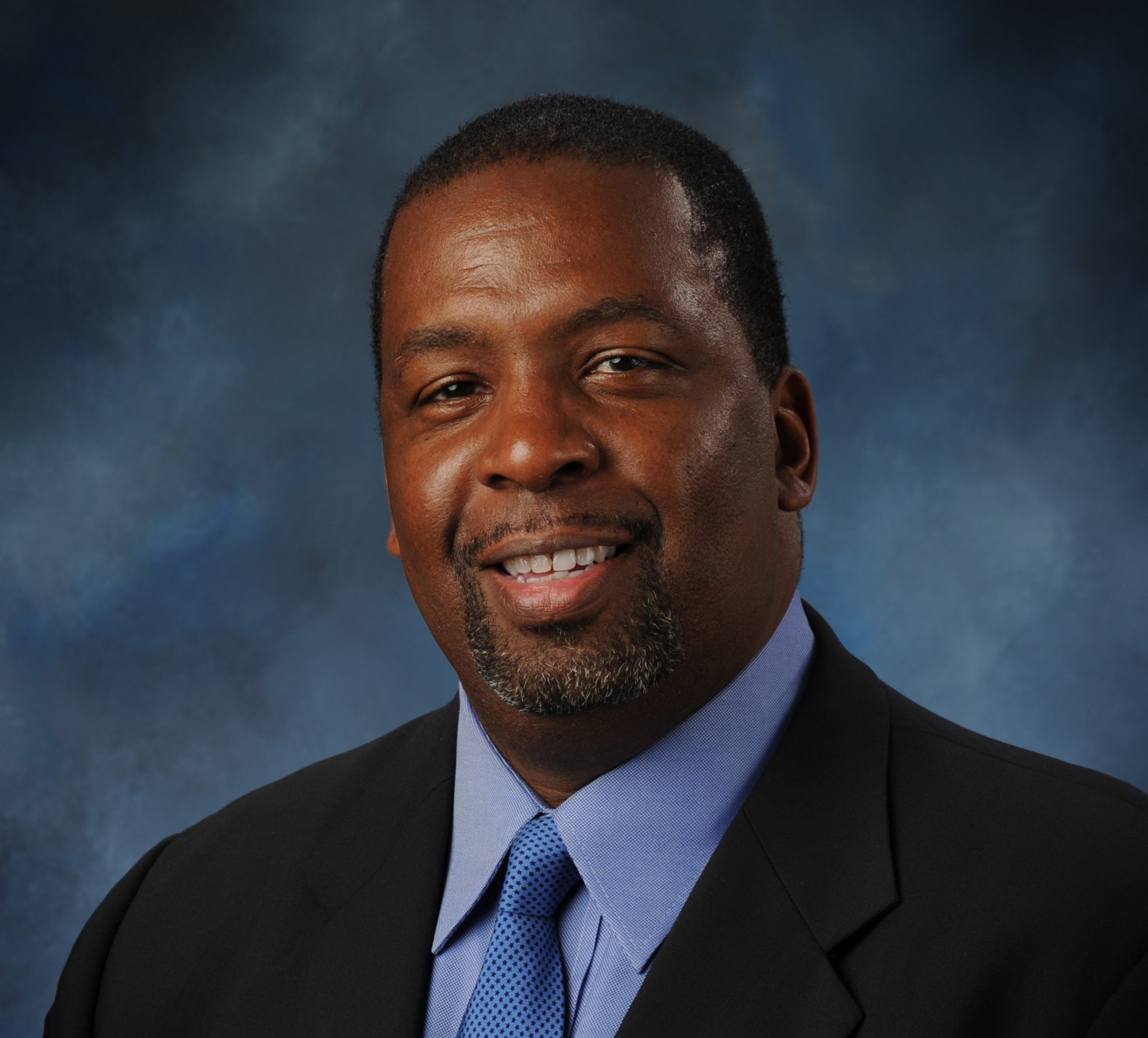What NAMI Gives Communities and What NAMI Needs Most in Return
Kevin Fischer says finding the National Alliance on Mental Illness was “lifesaving” at a time he was struggling with grief and guilt after losing his son, Dominique, to suicide in 2010. He joined NAMI as a volunteer in 2011 and became executive director of NAMI Michigan in 2014.
“I love NAMI. I would not be here if I didn’t feel as strongly as I do,” Fischer says.
At a time when he felt anger over not being the “protector and provider,” he says NAMI helped him understand that he couldn’t know or predict everything — and that Dominique’s mental health challenges were beyond his control.
“So there’s a great sense of lived experience, understanding and awareness at NAMI. NAMI’s strength is our lived experience,” he says. The organization focuses on advocacy, education, support and awareness — and more than 75% of members have lived experience.
The benefits of this “four-pronged stool” come at no cost to individuals. While NAMI does not provide behavioral health care, it does serve as an access point to connecting people to these resources.
What NAMI needs most in order to remain strong
Like many nonprofit organizations in the mental health space, what NAMI needs more of is funding, says Fischer.
NAMI’s organizational structure is unique. There is a national office and state offices. In Michigan, there are 15 affiliates, each of which is independent with its own fiscal responsibility.
“We’re not federally funded. We don’t have a big bag of money. So funding is an issue,” Fischer explains. So, whenever NAMI can support an individual, and that individual recognizes the value of giving back and stays to support the organization, that’s a desired result.
“We need more people to do that,” he says.
During Mental Health Awareness Month each May, Fischer says he gets requests from organizations to present and he always encourages participants to volunteer. “I’m not asking for money and sponsorships, I’m asking you to encourage your employees to join. Volunteer an hour a month. It’s not a big ask,” he says.
Every local affiliate can use the skills people are willing to volunteer — even young people with social media and computer skills.
“Our leadership at NAMI is aging out because we’re not getting enough new people in. And, I can tell you communities would miss NAMI if it wasn’t there. They really will. So my biggest ask is how can you support NAMI? Join. Volunteer.”
The organization’s largest fundraising event is the NAMI Walk, which is important because each affiliate retains 90% of the money raised, more than the typical nonprofit, Fischer says.
“For many affiliates, it’s the largest fundraiser they may have each year. Fundraising is significant. You can’t keep providing no cost programs and community, because there’s always a cost. It’s not free, but it’s no cost to the participants,” he explains.
But even above fundraising, Fischer encourages people to volunteer and help keep NAMI open and available to help people in the community.
The value of lived experience for support and education is what NAMI is all about
NAMI’s strength is rooted in its grassroots advocacy. What differentiates it from other behavioral health advocacy organizations is the lived experiences within. “We are embedded and invested in the communities because they are our communities,” Fischer says. He adds that he personally recognizes the value of NAMI and he wants to give back.
“I tell people I want to be the resource that I didn’t have or wasn’t aware of when I was dealing with my son’s mental health challenges,” he says. “So that separates us, I think, from everybody else that’s out there, is that lived experience and grass roots.”
Fischer speaks from personal experience when he highlights another benefit of NAMI: the deep education that’s available for families who want to learn more about what their loved one is experiencing. And this is especially valuable to families of young adults who are diagnosed with a mental health challenge.
“We are a great complement to your behavioral health care providers, your social workers, because we live in a world now where there’s this big mysterious thing called HIPPA out there,” he says. When health care providers are prevented from disclosing personal information to family members, concerned parents feel helpless in the face of their adult child’s mental illness — not to mention the landscape of the behavioral health care world.
Fischer advocates for providers referring family members to NAMI so they can learn what the diagnosis means — because education can help “lower the temperature in your house where it’s not so combative.”
When a loved one hears teams like anxiety, bipolar I, bipolar II or schizophrenia but don’t know exactly what they mean, they wonder how they can be a better caregiver for everyone involved, including themselves.
“I had no idea until I found myself in that role and I look back and say how could I have been a better caregiver and how could I have taken better care of myself so I could be better prepared for him? NAMI gives you that through education and support,” says Fischer, adding that evidence-based programs and lived experiences can help you navigate.
Kevin Fischer serves as executive director of NAMI Michigan. He encourages everyone to join their local NAMI affiliate and volunteer their time. Learn more about NAMI at namimi.org.

